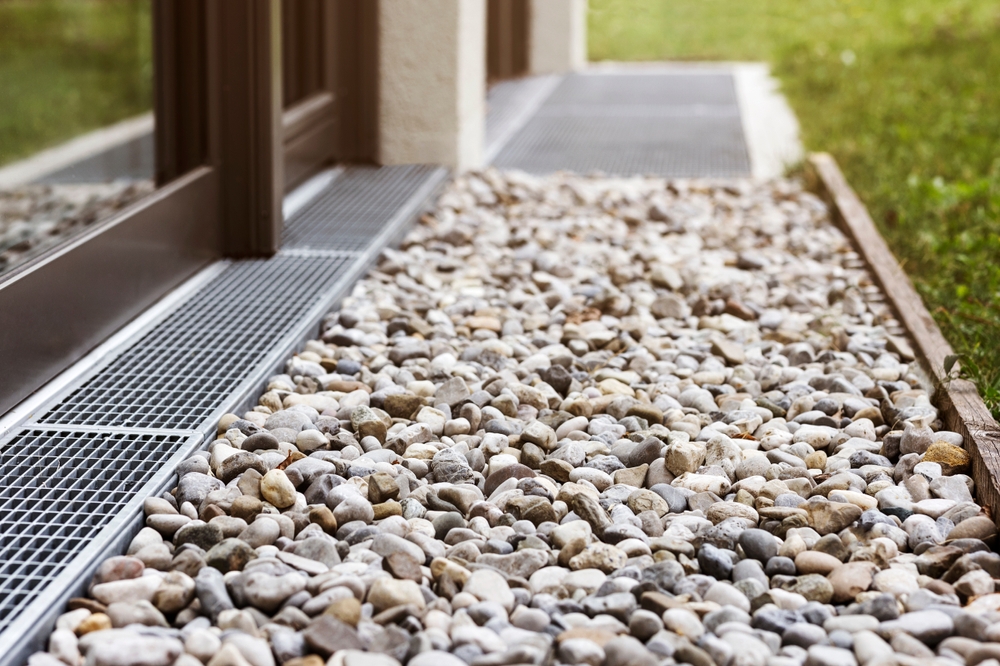
How Engineering Solutions Ensure Proper Drainage Away from Your Residence
Proper drainage is crucial for maintaining the integrity of your home and its surrounding environment. Without effective drainage solutions, your property could be susceptible to water damage, foundation issues, and landscape erosion. Engineering solutions play a pivotal role in ensuring that water is directed away from your residence, safeguarding both the structure and aesthetics of your home. In this article, we’ll explore how residential drainage engineering addresses these concerns and what steps can be taken to ensure proper drainage.
Key Components of Effective Drainage Solutions
To ensure proper drainage, several key components must be considered:
1. Grading and Slope
Grading involves leveling the ground around your home to ensure water flows away from the foundation. The slope of the land is a critical factor; ideally, the ground should slope away from the house at a rate of at least 2% (or 1/4 inch per foot). This slope helps to prevent water from pooling near the foundation and reduces the risk of water infiltration.
2. Gutters and Downspouts
Gutters collect rainwater from the roof and direct it through downspouts to a designated drainage area. Properly sized and installed gutters and downspouts are essential for managing rainwater runoff. Downspouts should discharge water at least 3 to 4 feet away from the foundation to prevent water from seeping into the ground near the house.
3. French Drains
French drains are a type of drainage system designed to manage groundwater and surface water. They consist of a trench filled with gravel or rock and a perforated pipe that collects and redirects water away from the home. French drains are particularly useful in areas with poor soil drainage or where surface water accumulates.
4. Drains and Sump Pumps
Drains installed around the perimeter of the foundation can collect and channel water away from the home. Sump pumps, located in a sump pit, pump out water that accumulates in the basement or crawl space. These systems work together to keep the area around your foundation dry and free from standing water.
Engineering Residential Drainage Solutions
Effective residential drainage solutions require a thorough understanding of your property’s unique characteristics. An engineer will assess factors such as soil type, topography, and rainfall patterns to design a system that meets your specific needs.
Soil and Topography Analysis
Soil type and topography play significant roles in how water moves across your property. Engineers will analyze soil composition to determine its drainage capabilities. Clay soils, for example, retain water longer than sandy soils, which can affect drainage design. The topography of your property also influences water flow, with slopes and low-lying areas requiring special consideration.
Rainfall Patterns and Water Flow
Engineers must consider local rainfall patterns when designing drainage systems. Heavy rainfall events can overwhelm insufficient drainage solutions, leading to flooding and water damage. By analyzing historical rainfall data and predicting future weather patterns, engineers can design systems capable of handling extreme weather conditions.
Maintaining Home Drainage
Once proper drainage solutions are in place, regular maintenance is crucial to ensure their continued effectiveness. Neglecting maintenance can lead to clogs, erosion, and other issues that compromise the drainage system.
Regular Inspections and Cleaning
Regular inspections of gutters, downspouts, and drainage systems help identify potential issues before they become major problems. Cleaning gutters and drains prevents debris from blocking water flow and reduces the risk of water damage. Inspecting sump pumps and French drains ensures they are functioning correctly and effectively managing water.
Addressing Erosion and Sedimentation
Erosion and sedimentation can affect the performance of drainage systems. Ensuring that soil erosion is minimized and sediment is properly managed helps maintain the effectiveness of drainage solutions. Engineers may recommend erosion control measures, such as planting vegetation or installing barriers, to prevent soil loss and protect drainage systems.
Repairing and Upgrading Systems
Over time, drainage systems may require repairs or upgrades to maintain their effectiveness. Addressing issues such as damaged gutters, clogged drains, or malfunctioning sump pumps promptly helps prevent water damage and maintains proper drainage. Upgrading systems to accommodate changes in land use or weather patterns ensures continued protection for your home.
Conclusion
Effective residential drainage engineering is essential for maintaining the health and safety of your home. By understanding the key components of drainage solutions and working with professionals to design and implement a system tailored to your property, you can safeguard your residence from water damage and structural issues. Regular maintenance and timely repairs ensure that your drainage system continues to function properly, providing peace of mind and protecting your investment for years to come. If you’re experiencing drainage issues or want to improve your home’s drainage, consider consulting with a drainage engineer to explore the best solutions for your needs.
Need Engineers and Designers in Hudson, CO?
Since 2006, High Plains Engineering & Consulting, LLC has been a civil and structural engineering company in Fort Lupton and the surrounding areas. We provide sensible solutions to geotechnical, structural, environmental, and civil engineering challenges. Our office provides practical expertise backed by diverse design resources to get the job done cost-effectively and efficiently with sustainability in mind. We offer various services for commercial, residential, and agricultural properties like soil testing, percolation testing, and foundation and septic design for new construction. Once that is taken care of we also offer services for floor framing, garage plans, house plans, site plans, and inspection services. Call us today for an appointment!
Categorised in: Drainage

 HPEC is an active member of CAGE
HPEC is an active member of CAGE